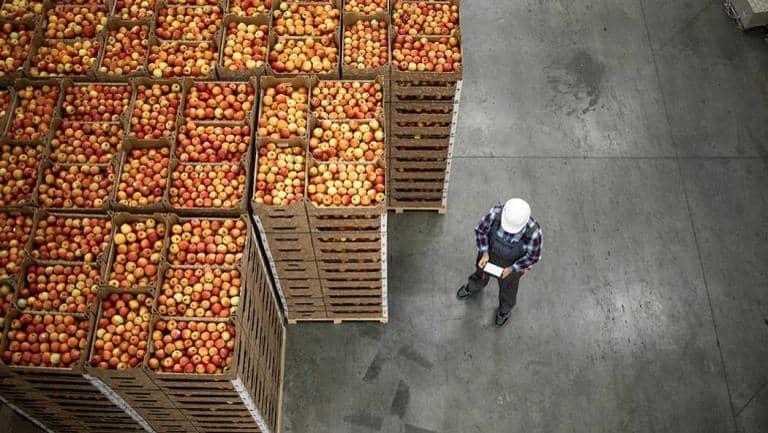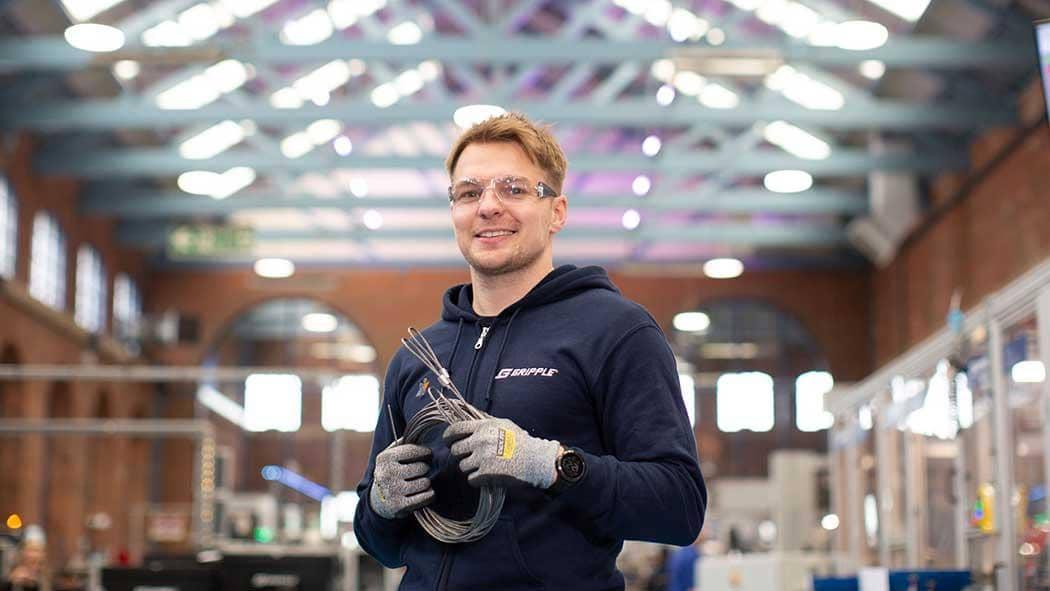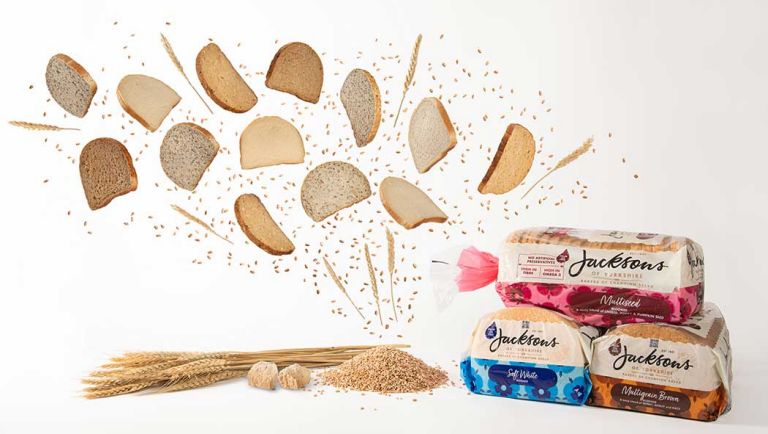
Chain reaction
How UK manufacturers are tackling supply chain challenges

For years, Sheffield-based manufacturer Gripple has been striving to bring more of its component production in-house. The aim was partly to create more local jobs, but it’s a strategy that has paid off handsomely in other ways as global supply chains were disrupted. We spoke to Managing Director Ed Stubbs.
With 75% of its components supplied internally, Gripple has been less exposed to global supply chain difficulties than many of its peers.
In the past year, the business has accelerated its in-house supply strategy. It has invested in new laser-cutting and computerised numerical control equipment.
“We’ve challenged ourselves to achieve more in-house production of critical components that were being sourced from the East,” says Ed. “We might not be able to achieve 100%, but we believe we can reach over 90% within three to five years.”
Given soaring prices for essential materials such as steel, zinc and polymers, in-house production has cost benefits, besides offering security of supply.
“It’s becoming a key competitive advantage in the marketplace too,” adds Ed. “We’re winning business because we have traceability and secure, domestic or European manufacturing.”
Where external suppliers are used, they are valued. “We’re not of the school of thought of needing two or three suppliers for every component. We prefer to invest more in that one supplier and have a really close relationship,” Ed explains.
While the war in Ukraine did not directly affect Gripple’s supply pipeline, its fencing work for agriculture has been hit.
Fortunately, the company already had a diversification strategy. Keen to position itself at the forefront of innovation, it has set a goal of earning 20% of sales through products that are less than five years old.
Ed sees “massive opportunity” in the firm’s installation systems for solar panel arrays. They already make up 2.5% of the company’s business, with potential to reach 10%. Gripple is also poised to move into the rail electrification market, which it sees as more recession-proof than private infrastructure projects.
Recruitment issues have also hit some manufacturers’ output, but Gripple’s business model has shielded it from the skills gap.
“The employee-owned proposition has become more and more appealing – particularly to the younger generation, but also to people further on in their careers, due to the stability and challenge it can offer,” Ed says.
One young employee, Natasha Lyth – who leads the company’s net zero strategy – took the Young Manufacturer of the Year trophy at the recent Manufacturer MX awards, one of multiple Gripple successes at the ceremony.
Barclays’ support has enabled Gripple to create additional Sheffield manufacturing premises in recent years. The bank thoroughly understands the company’s ethos, says Ed.
The terms of the employee-owned model see at least a third of profits distributed in dividends to staff every year. While this inevitably affects working capital, Gripple is able to continue investing in innovation with the support of its long-term banking partner.
“Barclays appreciate that the employee dividend is an important part of our fundamental success in productivity and continued growth,” Ed says.
After a record year in 2021, when a host of pandemic-delayed construction projects saw a spike in demand, Gripple anticipates more modest but still enviable 2022 sales growth of 6%. Ed encourages other manufacturers to explore the benefits of in-house supply.
Where we can’t make things ourselves, our preference is to source them in Sheffield, Yorkshire, the North, the UK, or Europe – in that order!
Where to next
How UK manufacturers are tackling supply chain challenges
How a bakery sliced through supply challenges
